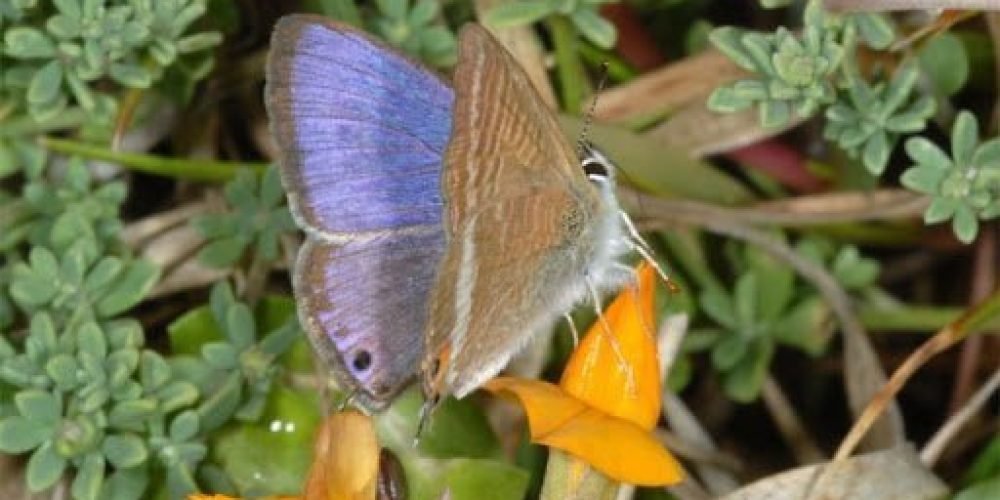- Name of the disease
Abu flour legumes Lampides boeticus
- The scientific name
Lampides boeticus L.
- Type of disease Family of disease
Type: Insectivorous
Disease family: Lycaenidae
- Symptoms of Abu flour legumes
Most of the damage to various parts of the plant occurs during the larval stage. The larvae feed on the internal contents of the plant and on the seeds found in the pods.
Initial symptoms appear in the form of holes in the flower buds and green pods shortly after the larvae hatch.
You can distinguish damage to the antlers by the round holes and the presence of feces at the entry point, usually close to one end of the antlers.
You can also observe honeydew secretions and the movement of black ants around the entry points from which honey is secreted. The black color indicates rot and decomposition of the horn.
Since the larvae attack the pods directly, infestation may result in significant yield loss.
- Causes of Abu Flour Legumes
Most of the damage to plants occurs mainly from the larvae of the blue bean mealworm moth. Adults are metallic or dark blue in color and have a long body. ashen Bluish with blue hair. Black spots appear on the lower part of the hindwings, along with an oval appendage. The underside is characterized by numerous irregular white and brown stripes and brown spots, usually near the edge of the wing. Females lay blue or pale white eggs singly on flower buds, immature pods, and on developing buds and leaves. When the larvae hatch, they are pale green to slightly round brown and look like slugs. The larval stage can last from two to four weeks depending on the temperature.
- Suitable conditions for the spread of legume flour
- Development cycle of flour legumes
The insect spends winter dormancy in a naked pupal stage on plant remains in infected fields. The butterflies appear in early spring. They are active diurnal butterflies. They mate and females lay eggs individually on green pods and leaves.
The eggs hatch within 7-12 days to give rise to larvae that feed on the pods and enter inside to feed on the formed grains. The larvae destroy the pods from the inside, and go through four stages, reaching the mature larval stage within 5-6 weeks.
The larvae emerge from the pods with a clear exit hole to prevent them from reaching the host or plant remains on the soil.
Butterflies emerge from the pupa within a week to repeat their life cycle.
The pest has 3-4 generations per year.
Some references indicate that the pest reproduces throughout the year in warm regions.
- Photos of the disease at its beginning and after its spread, in high quality, at least 5 photos in high quality
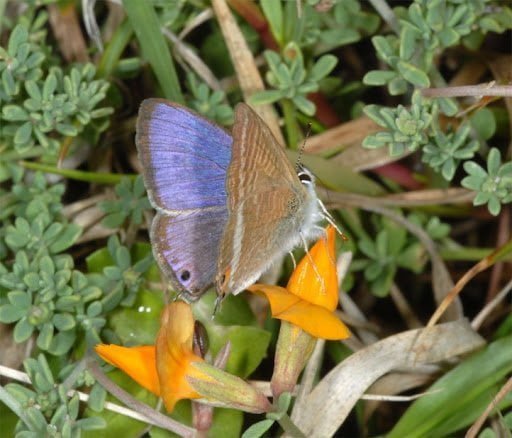
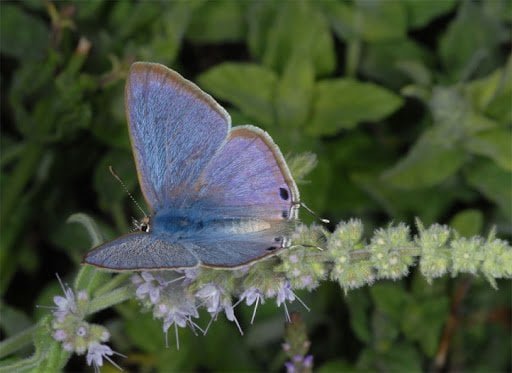
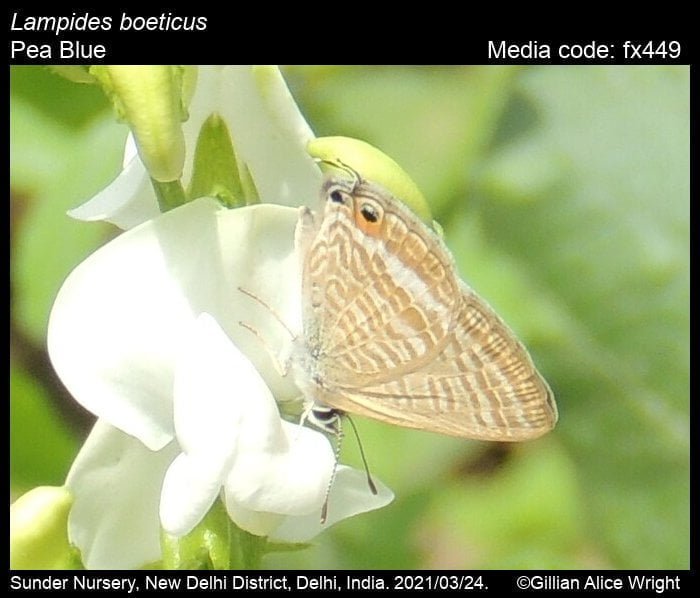
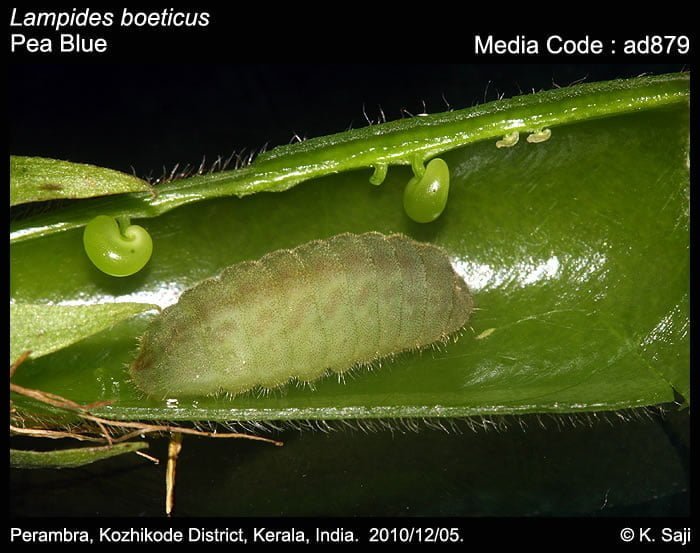
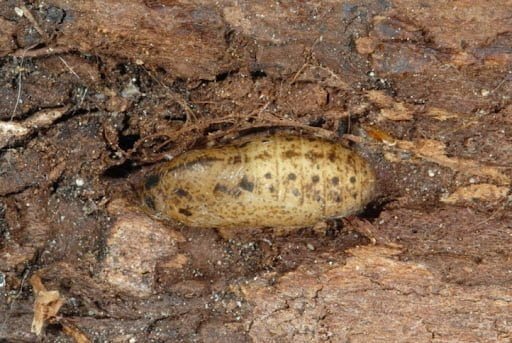
- Losses of the spread of Abu Flour legumes
The larvae attack the pods and feed on the formed grains.
Insect waste is observed inside the horn, in addition to the black fungus.
- Infected pods are not suitable for marketing. Inside the horn, larvae no larger than 10 mm are observed, green-violet and bearing three longitudinal lines (a central line and two lateral lines). Diurnal butterflies can be observed within infested fields.
- Control strategy
- Mechanical control
- Physical control (tillage, sanitation, pruning, solarization)
- Insecticides
- Preventive measures to prevent the occurrence of mealybug in legumes
– Getting rid of crop residues at the end of the season that could be carrying pupae.
Spraying plants with pesticides at the beginning of the season when butterflies appear in the field.
- Using an agricultural cycle that includes a non-legume crop to cover the lands of a specific agricultural area.
- Chemical control recommendations
Lambda cyalothrin and deltamethrin, which may provide a control level between 80 and 90% in cowpeas and beans. Other active ingredients include emamectin (220 g/ha) and indoxacarb 15.8% SC at 333 ml/ha. Keep in mind that bluebugs may develop resistance to these chemicals.
- Anti-membership recommendations
Infestation can be effectively controlled by releasing natural enemies into the field. Parasitoids of eggs and larvae, such as Trichogamy chylotrei, Trichogamytobacter, Cutisia specularis, Heberinkertis liquiniphilia, and Litrodromus grisepis, may have a good effect. Biocides containing Bacillomyces lilacinus and Vitricillium lisani can also be used by foliar spray to control the infestation. Finally, you can spray NSKE 5% twice followed by one spray of neem oil at a concentration of %2% to combat the larvae.
All references and their links must be mentioned
https://plantix.net/ar/library/plant-diseases/600103/blue-butterfly/



